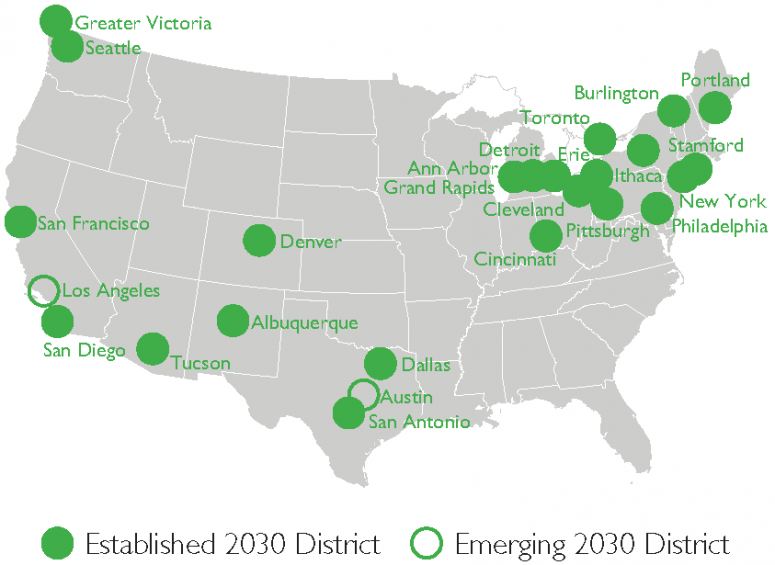Why create a 2030 District in Cincinnati?
The U.N. Intergovernmental Panel on Climate Change recently affirmed that by the year 2030, the international community will need to take “unprecedented” action to mitigate CO2 and avoid the worst impacts of climate change. Nationally, our built environment accounts for 39% of CO2 emissions, and in the city of Cincinnati, buildings account for approximately 60% of the city’s CO2 emissions. The Cincinnati 2030 District is our community’s response to this challenge.
By partnering directly with property owners and managers, developers, and commercial tenants, the Cincinnati 2030 District accelerates the development of healthy, high-performing, and sustainable buildings by breaking down market barriers, encouraging collaboration, and deploying innovative carbon-reducing solutions.
The work of the Cincinnati 2030 District continues our city’s leadership in urban sustainability while creating a more livable, resilient community that is better able to attract a high-caliber workforce and new economic development opportunities.




